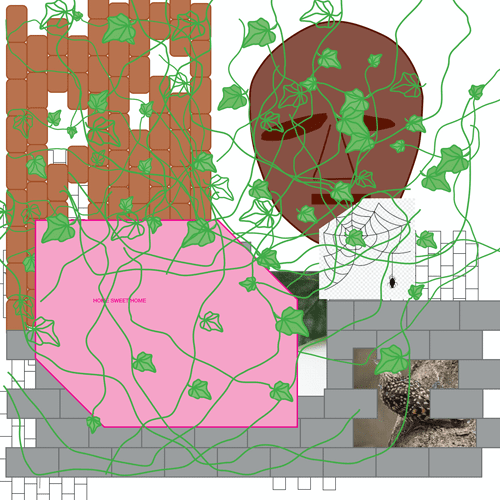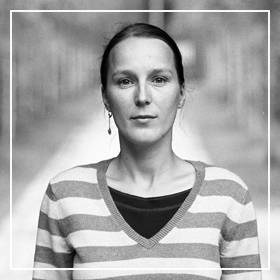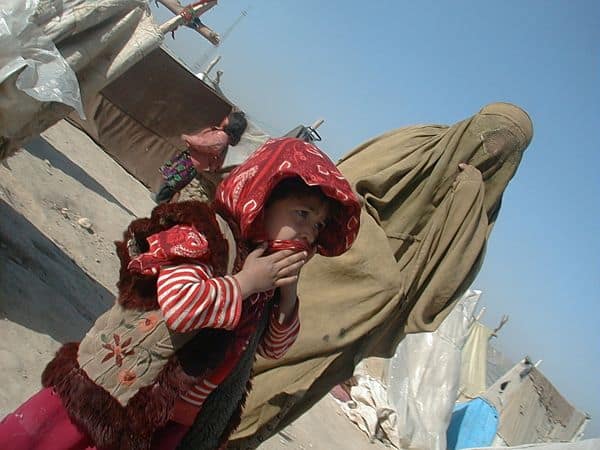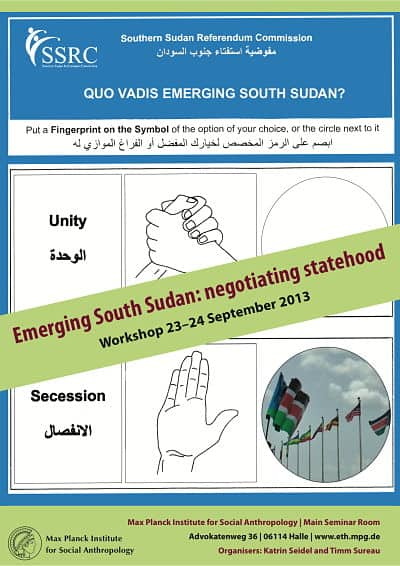In collaboration with the conference organisers, Allegra had reached out to a number of colleagues to submit some impressions in the form of “daily diaries” from the recent German Anthropological Association (GAA/DGSKA) 2021 conference “in” Bremen. Few of the people we approached felt able to give the conference the sustained attention necessary over the course of a day. This post combines Frauke Stegmann’s visual diary “Where are my People:Multi-Species”, above, and Tabea Scharrer’s textual reflections, below.
Friday was the last day of the conference and at the same time my first day of online presence. Online-conferences have, as we all have realised by now, one strength that is a weakness at the same time – it is easy to access them from almost everywhere, making conference-and-workshop-hopping possible. At the same time, the possibilities offered by being stuck in a place is lost, the serendipitous encounters, listening to topics one doesn’t have time to read about as they are a little too far from one’s own current work, and sensing the atmosphere emerging at a conference. I happily agreed to write this conference diary, as this meant to spend the whole day at the conference, not rationalising time again (as on the other days) and to get immersed at least digitally. It was great to see so many familiar faces, but I also sorely missed the directness of face-to-face meetings. The chat function was substituting this lack only partly – what remained, in many moments, was the sense that this could have been a great meeting.
The first panel I attended was the one I had co-organised with Antje Missbach on ‘Transregional dimensions of forced migration: secondary movements, alternative routes and decision-making on the move within the Global South’. The regional scope of presentations ranged from Pakistan (Tauqeer Shah and Usman Mahar), to Syria and Jordan (Sarah Tobin and the TRAFIG team), to Niger (Laura Lambert). In all three presentations, it was shown that forced migration within these regions takes place within long-standing histories and networks of migration, imbuing the actual process of migration with specific structures, narratives and meanings. However, increasing enforcement and fortification of border zones is one aspect of the Anthropocene. In the case of Syrians in Jordan, a considerable part of the Syrian refugee population had already worked as seasonal labourers in Jordan before the civil war. For them, the category ‘refugee’ became only significant after the crossing of borders had become more difficult. For Pakistani migrants, social competition and the eldest son’s responsibility of providing for the family results in a high symbolic value of ‘successful’ migration. As deportations mean a loss of status and a devaluation of masculinity, many migrants rotate between countries abroad (mainly within the EU, but also the Gulf states) until they manage to settle down. In the case of Niger, the country is on the one hand a member state of ECOWAS which on paper provides for free movement of all citizens of its member states, on the other hand it has become a main field for EU externalisation policies, and UNHCR influence has risen as well over the last years. While the EU ‘safe third country’ rule does not officially apply, informally it is used as well to deter migrants, leading to distrust between forced migrants and those agencies influencing their migration trajectories.
Even though some discussion emerged during this meeting, my impression was that an in-presence conference would have sparked a much livelier debate.
After the panel and after grabbing a coffee, I quickly joined the DFG talk with Doris Dracklé and Ursula Rao, exploring the relationship between DGSKA and DFG (the German Research Foundation). It was discussed in how far those anthropologists active in the DFG structures are speaking in support of their own interests or that of the DGSKA. To advance that second alternative, more exchange within the DGSKA would be needed, as well as feedback from DGSKA members to those active in the DFG bodies, especially concerning broader questions of envisaged developments and research policies. Some of the points raised during the meeting were the creation of national research data infrastructures, the outcomes of open access policies, and the negative consequences of SFBs (Collaborative Research Centres) for teaching. Another question raised concerned the debate of what even counts as research and who should be considered (or not anymore) as a ‘early career scholar’ – the technical German term ‘Nachwuchswissenschaftler’ is often considered demeaning, as it justifies dependence and infantilizes established researchers. Even though some discussion emerged during this meeting, my impression was that an in-presence conference would have sparked a much livelier debate, one which could have been a more precise seismograph (or barometer?) of the atmosphere among the DGSKA members. That same impression was reinforced in the next session, which presented the opportunity to meet the team editing Sociologus, one of the main anthropology journals in the German-speaking areas – while interest in the work of the journal was clearly there, the discussion merely meandered along.

This was again different in the following workshop on ‘Atmospheres of Unruliness, Resistance and Desolation: Music Videos in the Anthropocene’, organised by Hauke Dorsch and Markus Schleiter. The two presentations by Yasmeen Arif on Pakistan and by Gerda Kuiper on Kenya showed that music videos and online discussions about them can also serve as seismographs of social atmospheres, even though they might be difficult to use as predictors of change. But they do transport discourses and hint at local responses, grounded in local histories, to global crises such as Covid-19 as a ‘disease of the Anthropocene’, topics which were explored further in the vibrant discussion. The following plenary about ‘Zones of Extractivism: capitalism, territorial fragmentation and the normalization of (soft) authoritarian rule’, organised by Jens Adam, Ulrike Flader and Frank Müller, was a vivid example for what works well for an online meeting and which kinds of discussion are difficult to put into practice without being physically present. It started with focussed introductory statements by Erdem Evren, Eliane Fernandes, Kristof Szombati and Andrea Muehlebach: on extractive capitalism flourishing under authoritarianism and driven by financialisation and hyper-neoliberal policies, on the paradoxical role oppositional movements played in that development, on the increasing space for the domestic bourgeoisie alongside transnational capital, and on the social conflicts in the ‘Hinterlands’ frozen by the manufactured hegemonic consent. The following discussion highlighted the flexibility of authoritarian structures and the municipal level as the best place to witness this flexibility, as well as the importance of the scale of the actors involved in local processes. Even though this discussion had been planned as a fish-bowl to include voices from the audience, it was mostly the speakers who discussed among each other – the big audience in combination with the online mode made it difficult to leave the structured discussion and use the space for spontaneous interventions.
Emotions are not subjective, not bound to individuals, but half-things that can be sensed as existing in the space of experienced presence.
Concerning the ambiance in the various online meetings I attended, I had the impression that the digital format works well in smaller, focussed workshops, and less for bigger audiences and more open formats and discussions. This might well be explained by the very concept of atmosphere. The philosopher Schmitz, who aimed at developing a new approach to phenomenology, considered ‘atmospheres’ as emotions spread out in space and gripping everybody present corporeally. In that sense, emotions are not subjective, not bound to individuals, but half-things that can be sensed as existing in the space of experienced presence. Furthermore, such atmospheres have a homogenizing effect, resulting in situations in which collectivity is created. As during online conferences presence is experienced in a fragmentary way, this changes how atmospheres emerge and how they are perceived. These shifts might not matter so much for smaller workshops (especially when participants are already familiar with each other), because in these situations the virtual space is still somewhat contracted; but as this space widens with more people attending, not only is the possibility of atmospheres arising correspondingly diminished, but they also become less perceptible. So, with these kinds of atomised vibrations, the DGSKA meeting was in some ways also a barometer (a term better suited to the notion of ‘atmosphere’) of online fatigue.
Feature image: Where are my People, Multi-Species. Piece by Frauke Stegmann.





